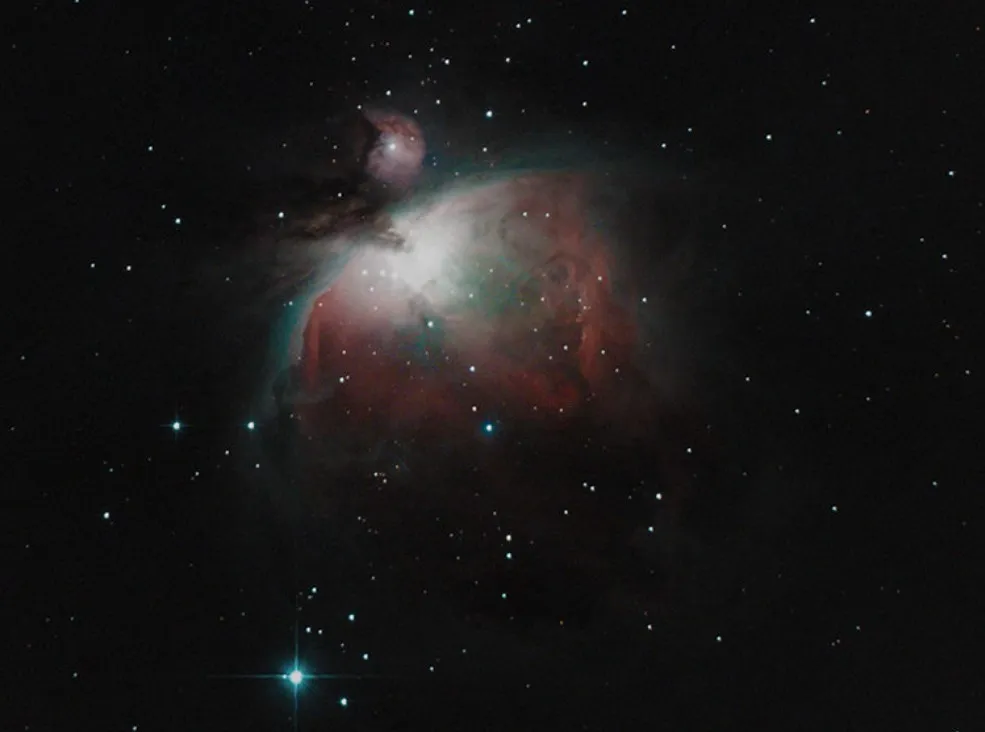
Astrophotography, the art of capturing images of celestial objects and phenomena, has become increasingly popular among amateur and professional photographers alike. This specialized field requires equipment that can handle the unique challenges of photographing the night sky, such as low light conditions, long exposures, and capturing fine details of distant stars and galaxies. While regular digital cameras can be used for astrophotography, there are digital cameras specifically designed for this purpose, offering features that significantly enhance the quality of the images.
What Makes a Camera Good for Astrophotography?
Several key features make a camera suitable for astrophotography:
- High Sensitivity (ISO Range): A high ISO range allows the camera to capture images in low light conditions without excessive noise. Cameras with excellent low-light performance are crucial for capturing the faint light of distant stars and nebulae.
- Long Exposure Capabilities: Astrophotography often involves long exposure times to gather enough light from celestial objects. Cameras that can handle extended exposure times without producing too much noise or overheating are ideal.
- Large Sensor Size: Full-frame sensors or larger APS-C sensors are preferred as they capture more light and detail. A larger sensor also helps in reducing noise, which is critical for the clarity of astrophotographs.
- Low Noise Performance: Low noise is essential for clear, detailed images. Cameras with advanced noise reduction technologies help produce cleaner images during long exposures.
- Manual Control: The ability to manually adjust settings such as exposure, aperture, ISO, and focus is vital in astrophotography. This control allows photographers to fine-tune their shots to capture the best possible image of the night sky.
- Cooling Systems: Dedicated astrophotography cameras often come with cooling systems to reduce sensor noise during long exposures. This feature is especially useful in maintaining image quality over prolonged periods.
Regular Digital Cameras vs. Dedicated Astrophotography Cameras
Regular digital cameras, such as DSLRs and mirrorless cameras, can be used for astrophotography and often produce impressive results. They offer versatility, allowing users to switch between different types of photography. However, they may not always match the performance of dedicated astrophotography cameras in terms of noise reduction and long exposure capabilities.
Dedicated astrophotography cameras are designed with specific features that enhance their performance in capturing celestial objects. These cameras typically have better cooling systems, more sensitive sensors, and software designed to handle the unique challenges of astrophotography. While they may lack the versatility of regular digital cameras, they excel in producing high-quality astro-photographs.
Top Digital Cameras for Astrophotography
Here are some of the top digital cameras for astrophotography, including both regular digital cameras and those specifically designed for astrophotography:
1. Canon EOS Ra
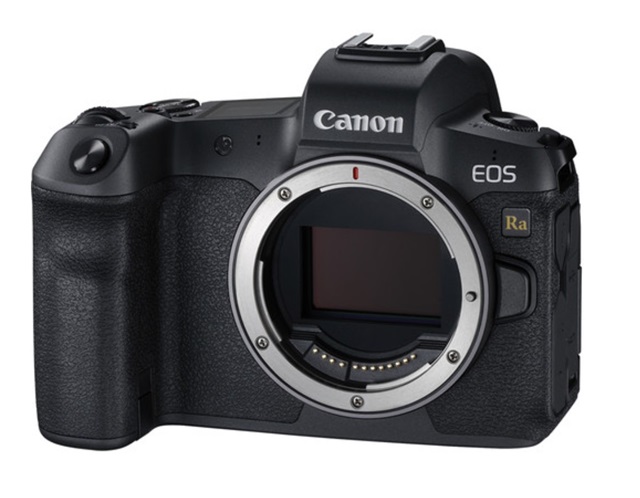
The Canon EOS Ra is a mirrorless camera designed specifically for astrophotography. It features a modified infrared filter that allows more hydrogen-alpha light to reach the sensor, enhancing the detail and color of nebulae and other celestial objects. With a 30.3 MP full-frame CMOS sensor and excellent low-light performance, the EOS Ra is a top choice for astrophotographers.
2. Nikon D850
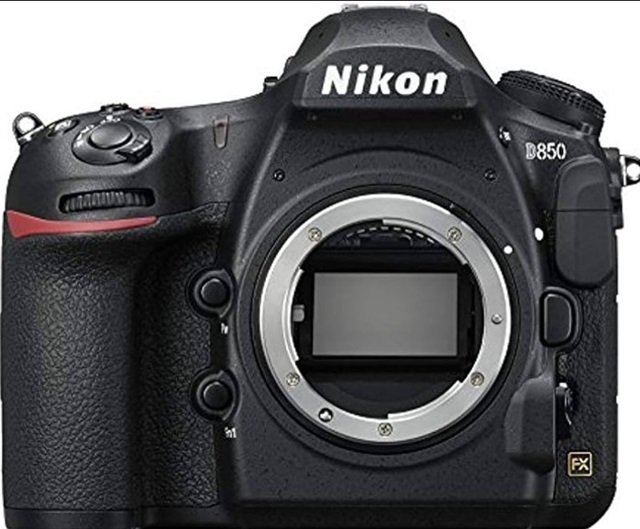
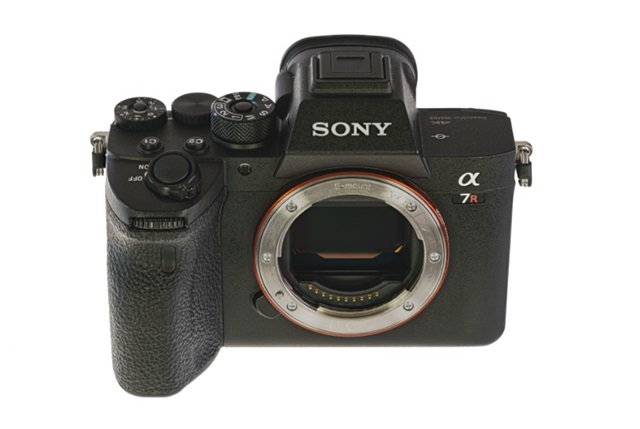
The Sony A7R IV is a high-resolution mirrorless camera with a 61 MP full-frame sensor. Its back-illuminated design and excellent noise reduction capabilities make it a strong contender for astrophotography. The camera's impressive dynamic range and high ISO performance allow for capturing faint celestial objects with clarity.
4. ZWO ASI6200MM Pro
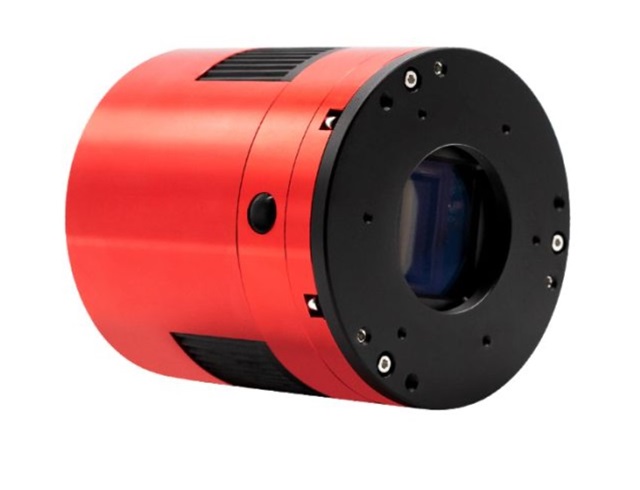
The ZWO ASI6200MM Pro is a dedicated astrophotography camera featuring a cooled monochrome sensor with a resolution of 62 MP. Its advanced cooling system reduces noise during long exposures, and the high sensitivity of the sensor ensures detailed captures of deep-sky objects. This camera is favored by astrophotographers looking for top-tier performance and image quality.
5. QHYCCD QHY367C
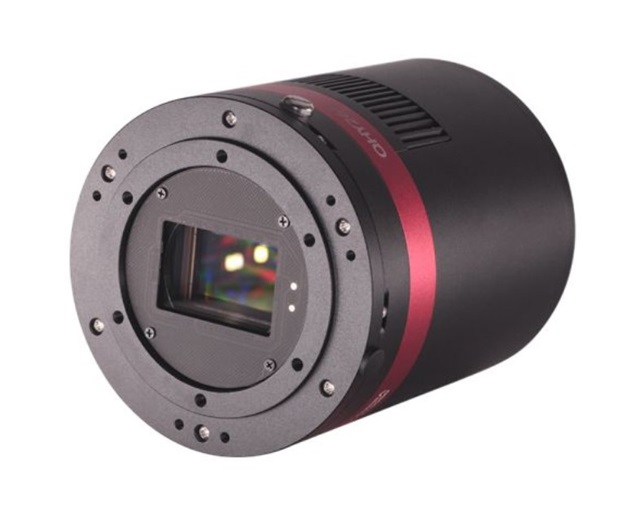
The QHYCCD QHY367C is another dedicated astrophotography camera with a full-frame color CMOS sensor. Its cooling system and low noise characteristics make it ideal for capturing high-quality images of the night sky. The camera's high resolution and sensitivity allow for detailed photographs of galaxies, nebulae, and star clusters.
6. Panasonic Lumix S1R
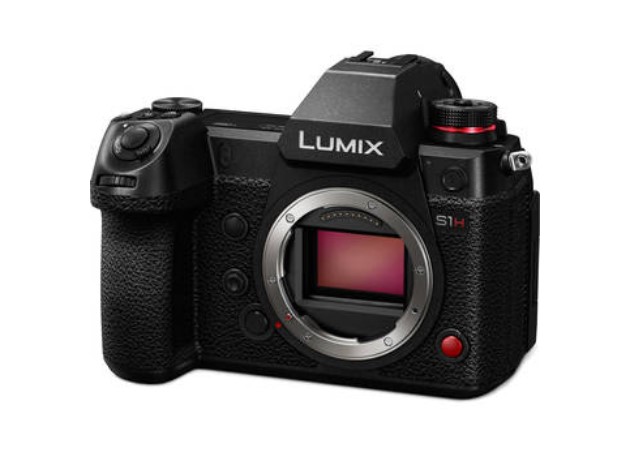
The Panasonic Lumix S1R is a mirrorless camera with a 47.3 MP full-frame sensor. Known for its excellent dynamic range and low-light performance, the S1R is capable of capturing stunning astrophotographs. Its rugged build and weather sealing make it suitable for outdoor night photography in various conditions.
Conclusion
Choosing the right camera for astrophotography depends on your specific needs and preferences. Whether you opt for a versatile regular digital camera or a dedicated astrophotography camera, the key features to look for include high sensitivity, long exposure capabilities, low noise performance, and manual control. With the right equipment, you can capture breathtaking images of the night sky and explore the wonders of the universe through your lens.
- Log in to post comments
